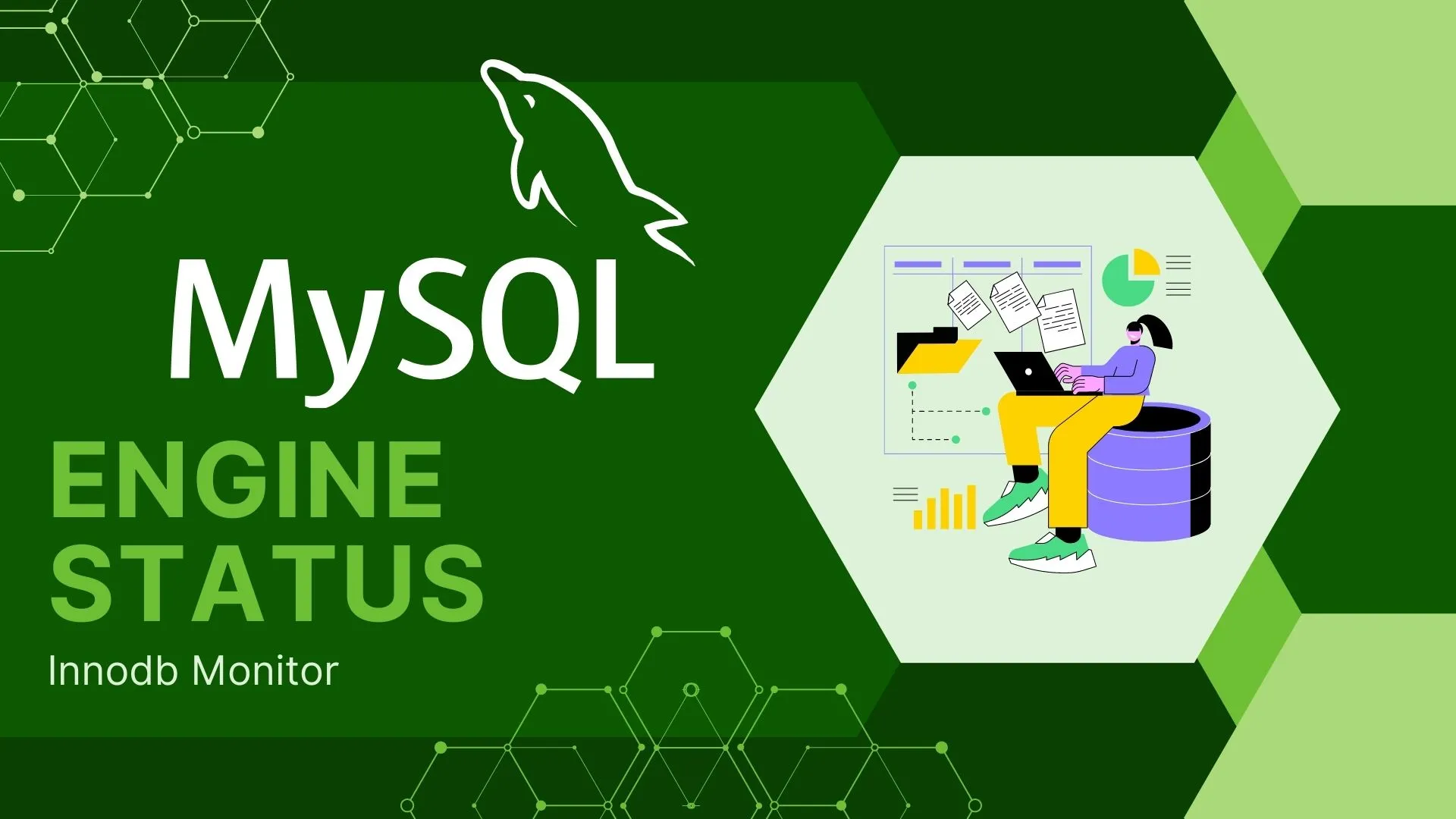MySQL: The Backbone of Modern Web Applications
In the realm of database management systems, MySQL stands as one of the most popular and widely used solutions. It’s an open-source relational database management system (RDBMS) that uses Structured Query Language (SQL) for managing and manipulating data.
What is MySQL?
MySQL is a powerful tool designed to help businesses store and retrieve data. It was developed by a Swedish company, MySQL AB, and is now owned by Oracle Corporation. MySQL is a crucial component of the LAMP open-source web application software stack (Linux, Apache, MySQL, Perl/PHP/Python).
Why MySQL?
MySQL’s popularity stems from its reliability, robustness, and compatibility. It’s capable of handling a large volume of data without sacrificing speed or efficiency. It’s also compatible with numerous operating systems, including Linux, Windows, and MacOS, making it a versatile choice for different environments.
Reliability and Performance: MySQL is known for its impressive speed and reliability. It can handle a large number of simultaneous connections and perform multiple tasks at once, making it ideal for high-traffic websites and applications.
Scalability: MySQL can handle anything from small to large applications. It’s designed to meet the most demanding applications while ensuring optimal speed, full-text indexes, and unique memory caches for enhanced performance.
Security: MySQL takes security seriously. It includes a host of features to ensure your data is secure, including password encryption, user-level security controls, and support for SSL encryption.
Open-Source: Being open-source, MySQL is free to use and modify. This allows developers to customize it according to their specific needs and contributes to a vibrant community that continually improves and updates the software.
MySQL in Action
MySQL is used by many of the world’s largest and fastest-growing organizations to achieve high volume, mission-critical business. Companies like Facebook, Google, Adobe, Alcatel Lucent, and Zappos rely on MySQL to save time and money powering their high-volume websites, business-critical systems, and packaged software.
Dive Deeper into MySQL with Mazer.dev
Now that you’ve had a glimpse into the power and versatility of MySQL, why not take the next step? At Mazer.dev, we offer a wealth of resources designed to help you master this robust database management system.
Whether you’re a beginner just starting out or an experienced developer looking to sharpen your skills, our comprehensive blog posts, in-depth tutorials, and interactive courses have got you covered.
Blog Posts: Our blog is packed with insightful articles that delve into the intricacies of MySQL. From understanding the basics to exploring advanced features.
Tutorials: Learn by doing with our step-by-step tutorials. These guides will walk you through various MySQL tasks and projects, helping you gain practical experience.
Courses: If you’re serious about mastering MySQL, consider enrolling in one of our courses. Taught by software industry experts, these courses offer a structured learning path and cover everything from basic to advanced MySQL concepts.
Community: Join our community of developers. Here, you can ask questions, share your projects, and learn from others who are also passionate about MySQL.
![Understanding and Resolving the SQLSTATE[HY000]: General error: 1205 Lock wait timeout exceeded; try restarting transaction Error in MySQL](https://mazer.dev/images/mysql/error-1205-lock-timeout-mysql.webp)
